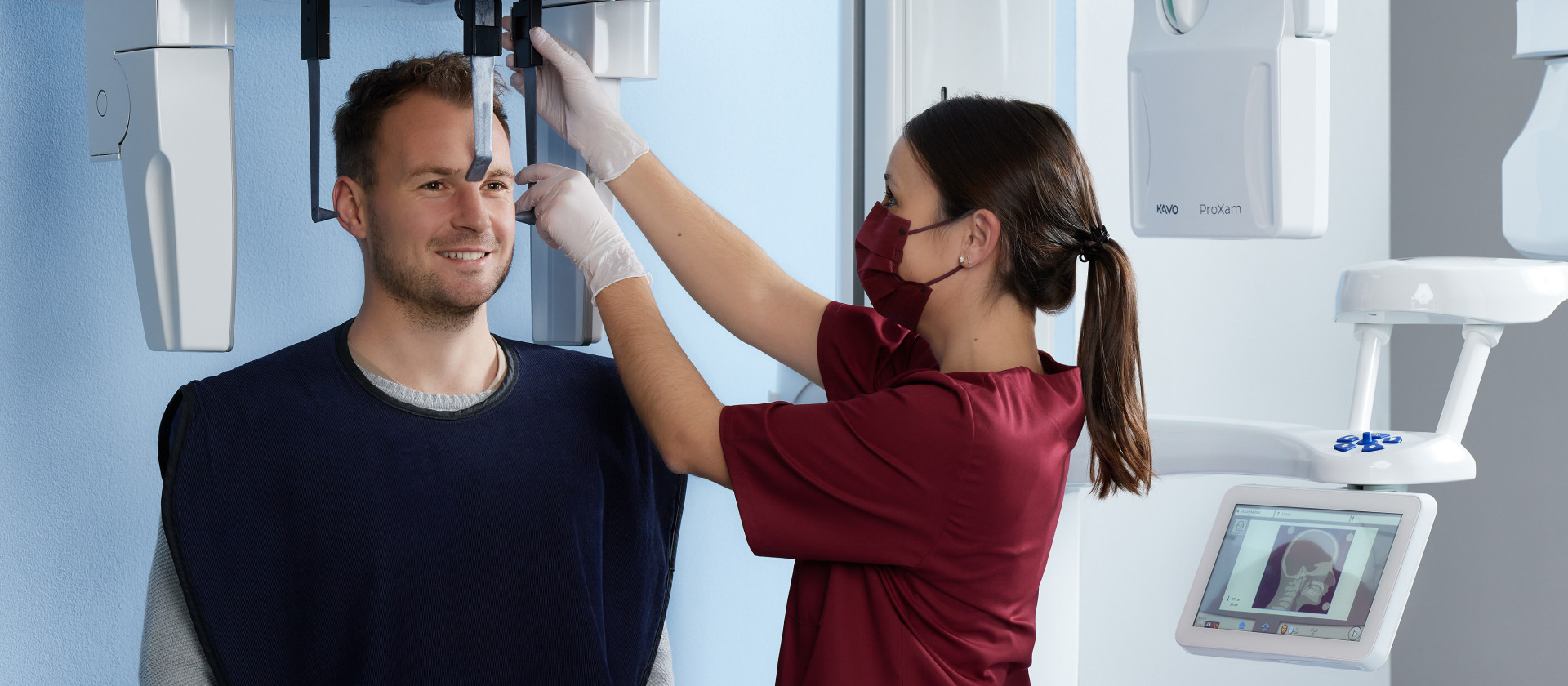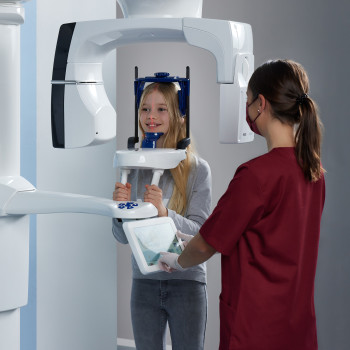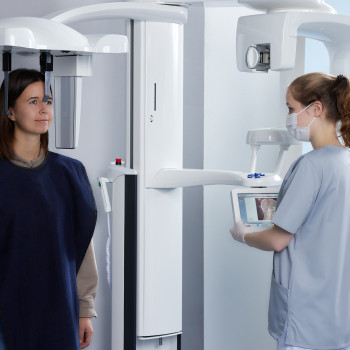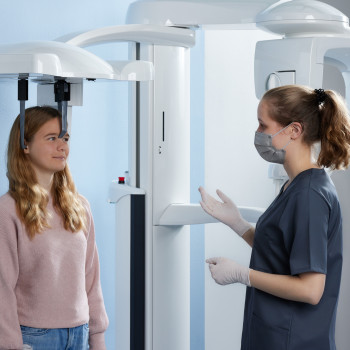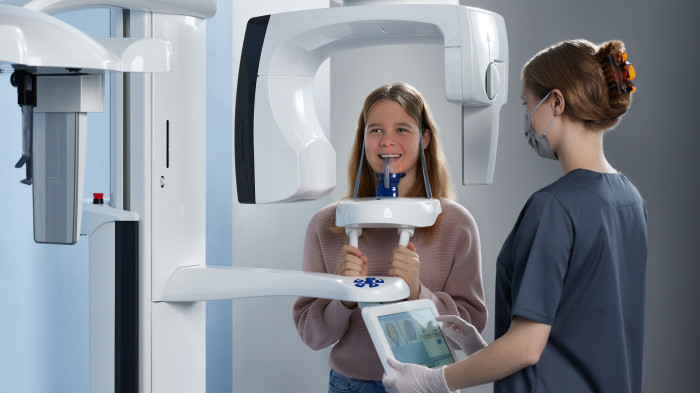Extraoral X-ray imaging with KaVo ProXam
Whether 2D or 3D, panoramic, bitewing or ENT images: the KaVo ProXam imaging portfolio offers the right extraoral X-ray option for every need.
The latest technologies generate reliable, brilliant two-dimensional or three-dimensional X-ray images – with very low radiation doses.
Ease of use and simple, precise patient positioning are a matter of course with the KaVo ProXam portfolio.
You'll also benefit in the long term from smart networking and digitisation of the entire radiology workflow with KaVo ProXam and Romexis.
Please note: Not available in all countries.
Extraoral X-ray with ProXam in Video:
Three premium X-ray units for optimal diagnostics
Ease of use and patient comfort meet outstanding quality of results.
KaVo offers three different X-ray units for extraoral imaging: the KaVo ProXam 2D and, for 3D imaging, the KaVo ProXam 3D and the KaVo ProXam 3DQ.
These products are characterised by tried and tested technology, clever design, and smart features that have proven themselves on a daily
basis and will continue to do so in the future.
All three devices can easily be expanded into a cephalometric unit.
Highest image quality with the lowest radiation dose.
The imaging process is quick and easy thanks to preconfigured programmes. Extremely small voxel sizes ensure high-quality images, and thanks to the Ultra Low Dose technology, with the lowest possible dose of radiation.
Clever designed.
KaVo ProXam units are characterised by space-saving design and high-quality workmanship. Operation on the X-ray unit is simple and user-friendly thanks to the touch display. Alternatively, the units can also be remotely controlled via desktop software on the PC.
The face-to-face patient positioning through the open architecture of the X-ray units makes the whole workflow much smoother – this is a big plus, especially for anxious patients. A large vertical range of motion makes it possible to capture images of patients who are especially tall, wheelchair users and children. Anatomically correct positioning is supported by the patient positioning laser.
